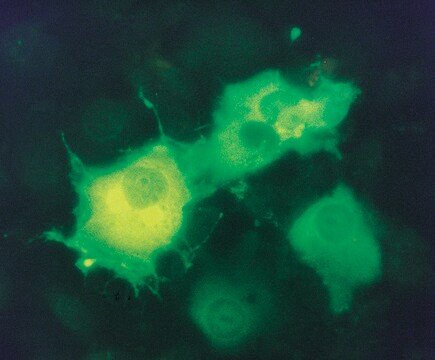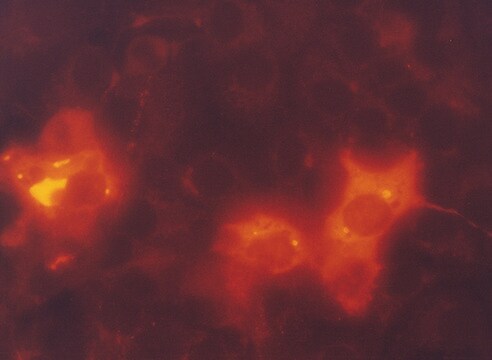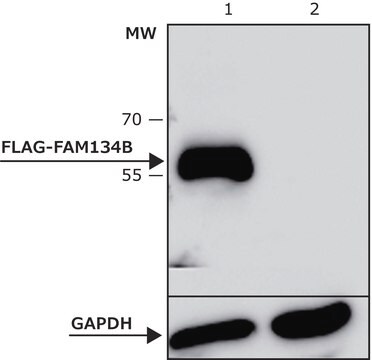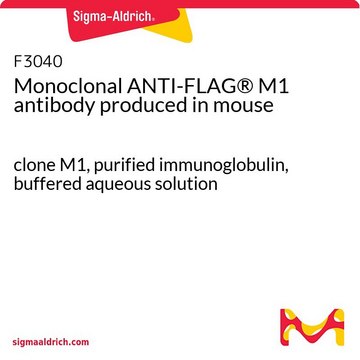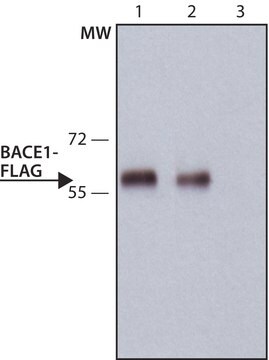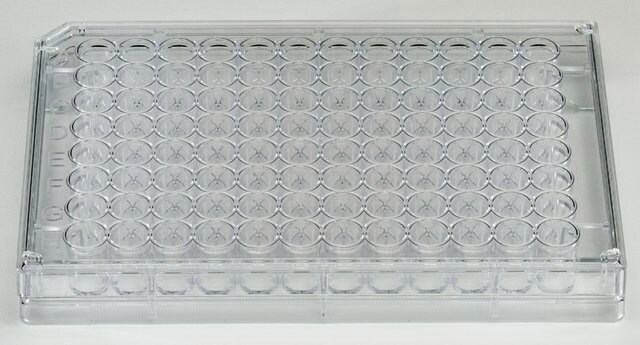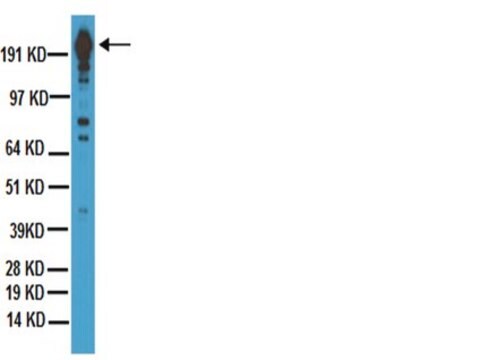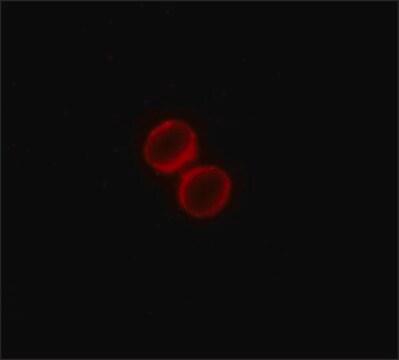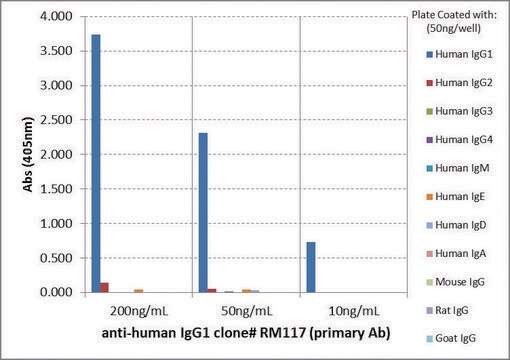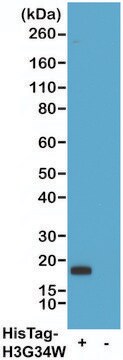F9291
ANTI-FLAG® M2 monoclonal
clone M2, purified immunoglobulin, buffered aqueous glycerol solution
Sinônimo(s):
Anti-ddddk, Anti-dykddddk
About This Item
Produtos recomendados
fonte biológica
mouse
conjugado
biotin conjugate
forma do anticorpo
purified immunoglobulin
tipo de produto de anticorpo
primary antibodies
clone
M2, monoclonal
forma
buffered aqueous glycerol solution
reatividade de espécies
all
concentração
~1 mg/mL
técnica(s)
dot blot: suitable (chemiluminescent detection)
Isotipo
IgG1
sequência de imunogênio
DYKDDDDK
Condições de expedição
dry ice
temperatura de armazenamento
−20°C
Procurando produtos similares? Visita Guia de comparação de produtos
Descrição geral
Aplicação
Antibody is suitable for immunofluorescence, western blotting, microscopy applications and for the formation of avidin-biotin complexes.
Learn more product details in our FLAG® application portal.
forma física
Nota de preparo
Informações legais
Não está encontrando o produto certo?
Experimente o nosso Ferramenta de seleção de produtos.
Código de classe de armazenamento
10 - Combustible liquids
Classe de risco de água (WGK)
WGK 2
Ponto de fulgor (°F)
Not applicable
Ponto de fulgor (°C)
Not applicable
Certificados de análise (COA)
Busque Certificados de análise (COA) digitando o Número do Lote do produto. Os números de lote e remessa podem ser encontrados no rótulo de um produto após a palavra “Lot” ou “Batch”.
Já possui este produto?
Encontre a documentação dos produtos que você adquiriu recentemente na biblioteca de documentos.
Os clientes também visualizaram
Artigos
Glycan Labeling
Nossa equipe de cientistas tem experiência em todas as áreas de pesquisa, incluindo Life Sciences, ciência de materiais, síntese química, cromatografia, química analítica e muitas outras.
Entre em contato com a assistência técnica

